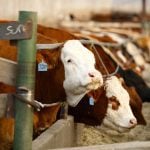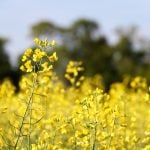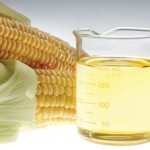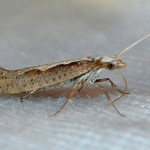Three years ago I stated, “No one knows the future, but there is a good possibility that we have seen the last of the rising land-value reports for a while.” This was a strong statement, considering it was made a few weeks after an Aug. 2, 2013, U.S. Department of Agriculture report confirmed what surveys












